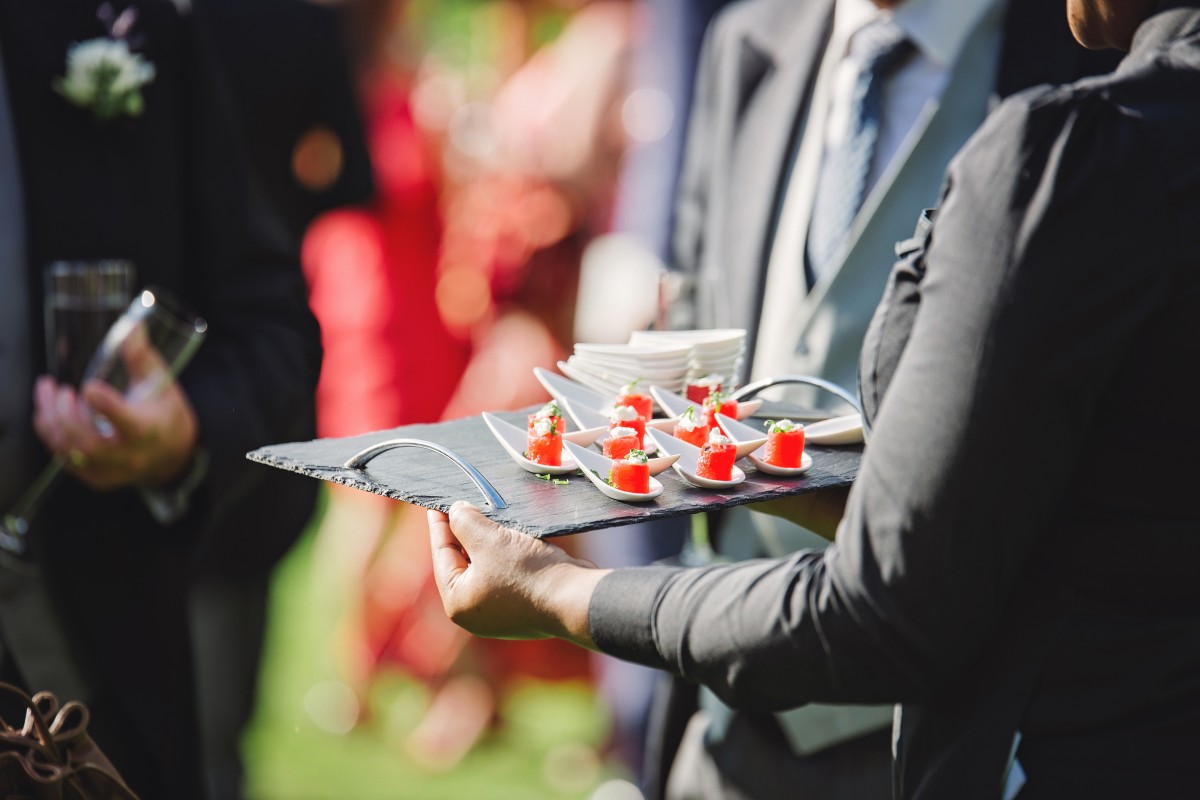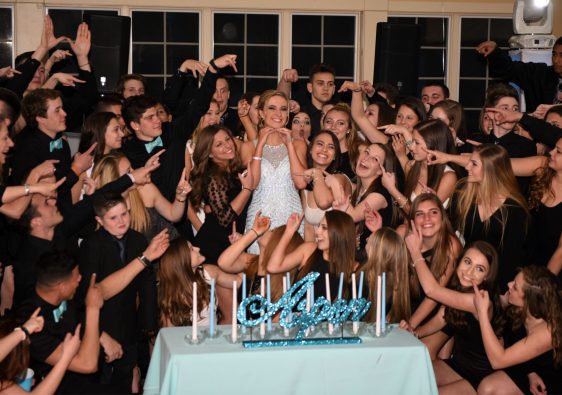Summary
– Preamble to the Oriental Wedding
– Preparations for the Oriental wedding
– Oriental wedding: day of the henna
– Oriental wedding : D day
The Oriental wedding is celebrated according to an ancestral tradition: it is subjected to rituals during the days preceding the nuptial ceremony, the day of the wedding and the following day. Here are the different stages of an Oriental wedding.
The preamble to the Oriental wedding
When a man wishes to marry a woman, he must respect a custom which consists in going to the house of the girl he wishes to marry and then placing a goat or a sheep on her doorstep without being noticed by the members of the future bride’s family.
Good to know: when the young man succeeds in this test, the hand of the girl is granted to him by the family of the latter.
Preparations for the Oriental wedding
According to tradition, the bride and groom’s families must meet before the day of the Oriental wedding. This meeting takes place as follows:
– At the home of the bride’s parents, for dinner. The family of the young man entirely finances the meal.
– Each family member and the invited witnesses bring an offering, usually money.
– When the guests arrive, they must place their offering on the floor so that the father of the bride can pick up some of it, in hopes of bringing good luck to the families together. The remaining money is then made available to the parents of the bride. This tradition is called “tucc’it”.
– Another step, the “curut”, involves the bride’s future parents-in-law receiving: a leg of beef, a quintal of semolina, wheat, butter and olive oil.
These ingredients will be used to prepare the wedding meal.
Oriental wedding: henna day
On this day before the oriental wedding, the future spouses and some of their relatives have to accomplish an exact task:
– The young man is in charge of finding singers and drummers to animate the ceremony.
– It is common to slaughter an ox, half of which is delivered to the bride’s family.
The young man’s parents offer the “tiznitt,” a garment for the bride.
– The girl must wash with thyme by candlelight: this ritual is a sign of fertility. She is bathed in a large clay pot containing water, nettles and eggs.
– A meal follows this day, and in the evening takes place the henna ceremony, which consists of:
◦ placing jewelry in a silver container;
◦ placing a dish containing henna on a Kabyle (scarf);
◦ lighting a candle symbolizing light and happiness for the bride and groom;
◦ singing in unison.
Good to know: the guests enjoy food when the henna ceremony is over. Once the meal is over, the singing starts again.
Oriental wedding: D-day
On the wedding celebration day, the families and the bride and groom prepare for the festivities. Thus, a woman helps the young bride to get dressed in a Kabyle dress (“taksiwt”) as well as a square cap (“tabniqt”). She also wears:
– silver jewelry such as wrist and ankle bracelets, brooches, a tiara, a necklace… ;
– other coverings such as a “burnous” or an Asian queen’s crown.
The bride must drink water and receive seawater on her feet before going out, protecting her from black magic. Throughout the day, the women of the family and relatives sing.
The young bride receives :
– herbs that she puts in her mouth;
– water that she throws behind her;
– a sieve of wheat and barley symbolizing boys and girls, respectively.
The bride, accompanied by her family, enters her new home by first stepping forward with her right foot. Once inside, the young woman must break an egg on the wall. All the guests then gather around for a meal.
After the meal, songs and dances close the oriental wedding party. During the night, the bride can remove her outfit with the women’s help: the groom is the only man who can attend.
Good to know: the day after the Oriental wedding, a meal is prepared in honour of the bride and her family. The young woman receives gifts and money from her family-in-law and the community.



